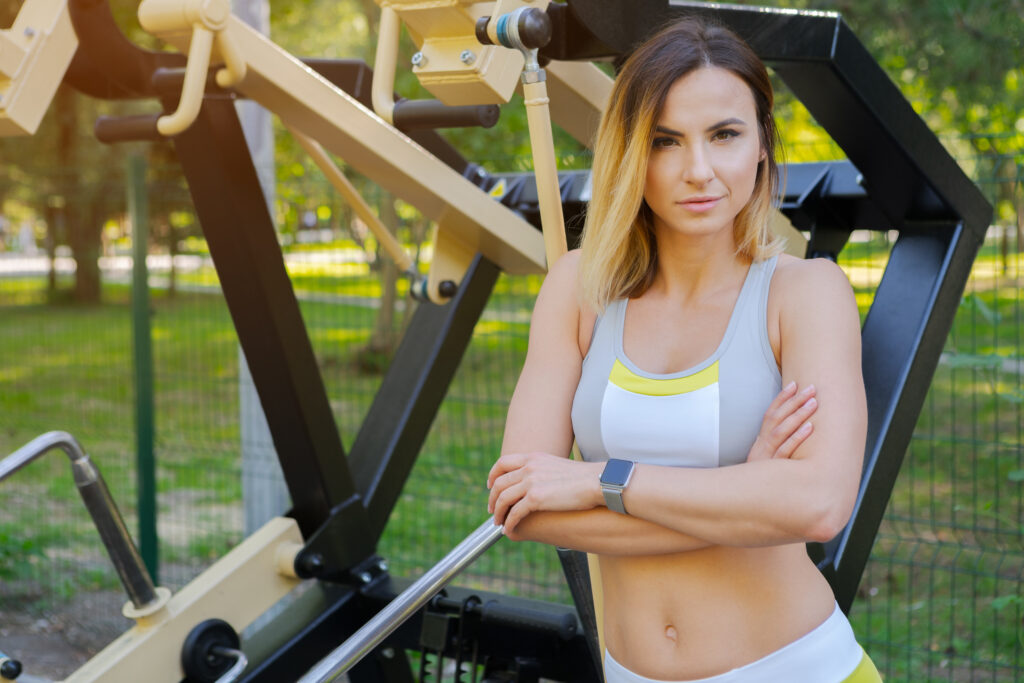The timeframe to achieve visible six-pack abs can vary significantly based on individual factors. For a woman starting from a moderate level of body fat and fitness, it’s possible to see noticeable changes in three months, but achieving a defined six-pack within that time frame might be challenging.
Firstly, genetics play a role in how and where we store fat. Some people naturally store less fat in their abdominal region, making it easier for them to achieve a visible six-pack. Others might find it more challenging due to their genetic predisposition.
Diet is another key component. Fat loss is primarily achieved through a caloric deficit, meaning you’re burning more calories than you’re consuming. To reveal the muscles of the abdomen, you’ll need to reduce body fat. For most women, six-pack abs start to become visible at a body fat percentage of around 16-19%. But remember, everyone’s body is different, and these percentages might vary.
Exercise, specifically resistance training, is crucial. While many people think endless crunches will get them a six-pack, compound exercises like squats, deadlifts, and overhead presses can be more effective. These exercises engage the core while also burning more calories. Incorporating cardio can also help with fat loss.
Consistency is key. It’s essential to stay committed to both your diet and exercise regimen. However, ensure your approach is sustainable. Extreme diets or over-exercising can lead to burnout or injuries.
Lastly, it’s worth noting that for many women, achieving a visible six-pack might mean reaching a body fat percentage that’s challenging to maintain long-term. It can also affect menstrual cycles and overall health. It’s essential to approach this goal with a focus on overall health and well-being.
While it’s possible for some women to achieve visible six-pack abs in 3 months, various factors, including genetics, starting body composition, diet, exercise, and consistency, will influence individual results. It’s always advisable to consult with a fitness professional to set realistic and healthy goals.

